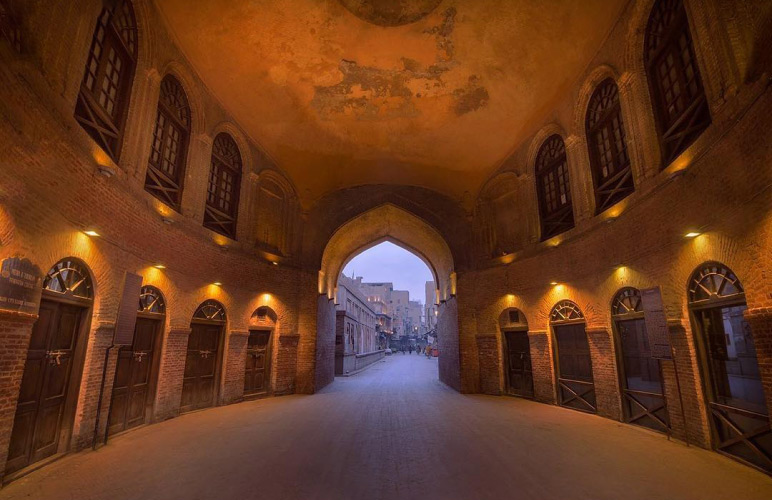Switzerland of Asia, Swat Valley Travel Guide
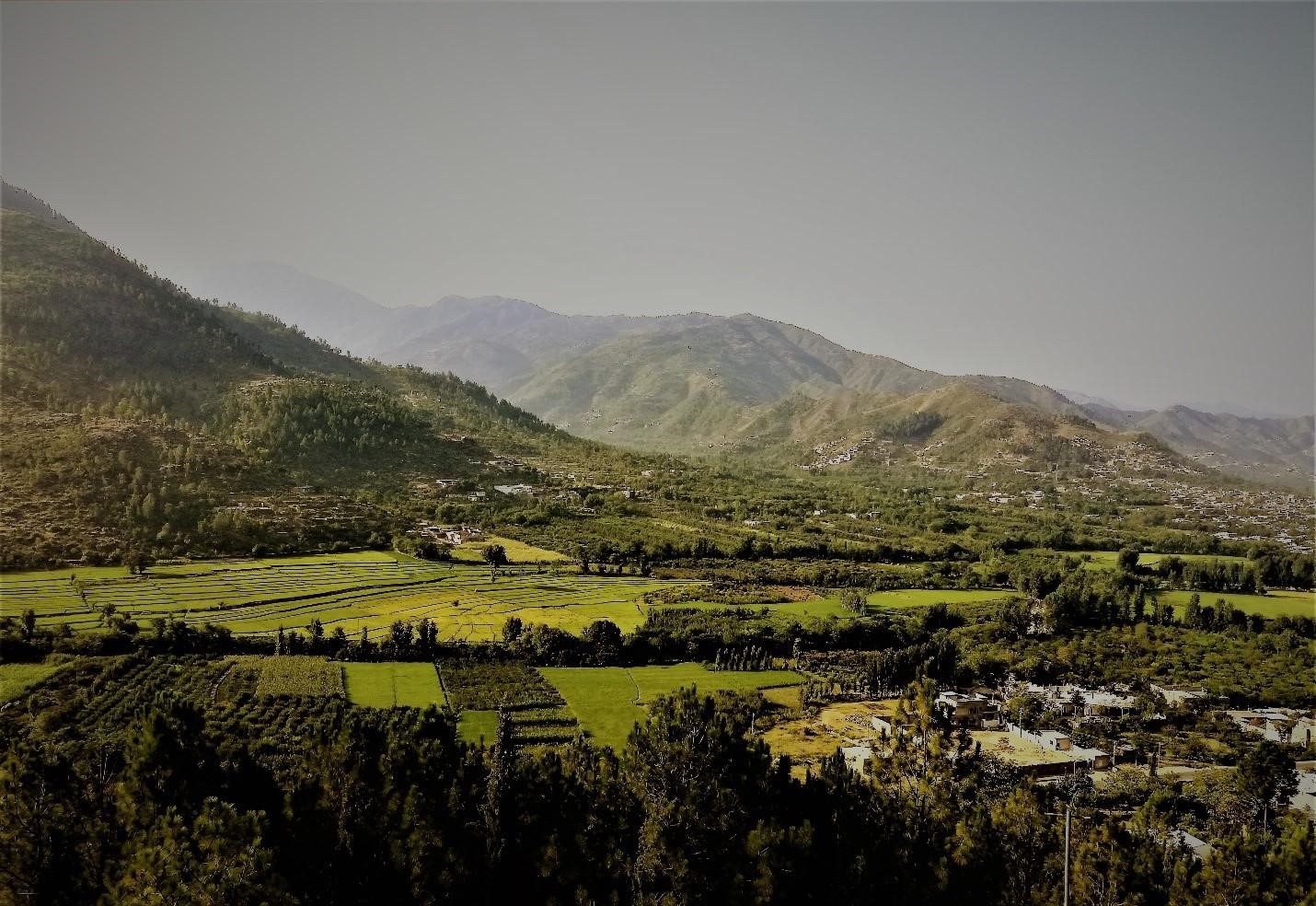
“In terms of nature, I think the place that has really stuck with me is Swat. They call it the ‘Switzerland of Asia’, but may be Switzerland should be called ‘Swat of Europe’, it’s so beautiful!” Eva Zu Beck
In a Glimpse:
With its amazing weather, awe-inspiring glaciers, incredible treks, glistening lakes, skiing resort, distinct local cuisine, and historical heritage, it is undoubtedly the highlight of beautiful Pakistan.
Swat has everything and proffers the once-in-a-lifetime experience, sometimes even better than Switzerland, the best place to visit in Khyber Pakhtunkhwa.
A valley and administrative district in Khyber Pakhtunkhwa that offers one of the most beautiful and serene views of nature’s marvel, including shimmering mountains, lovely meadows, and magnificent waterfalls.
British Queen Elizabeth II dubbed Swat as “Switzerland of the East” during a visit in 1961, owing to its similar geography and aesthetic splendor to Switzerland.
Swat Valley is famous for its stunning natural beauty, lush green landscapes, and picturesque scenery. It is renowned for its historical and archaeological sites, including the ancient Buddhist stupas and monasteries. The valley is also known for its rivers, waterfalls, and hiking trails, making it a popular destination for nature lovers and adventure enthusiasts. Because of its favorable weather, local and international tourists refer to Swat Valley as “heaven on earth.”
Accessing Swat Valley
Swat Valley is a high-altitude tourism area in Pakistan’s Khyber Pakhtunkhwa region, in the northwest highlands.
The Swat Valley is around 237 kilometers from Pakistan’s capital city, Islamabad. The M1 and M16, commonly known as the Swat Motorway, span the majority of the road between Islamabad and Swat, with a travel time of about 3 hours.
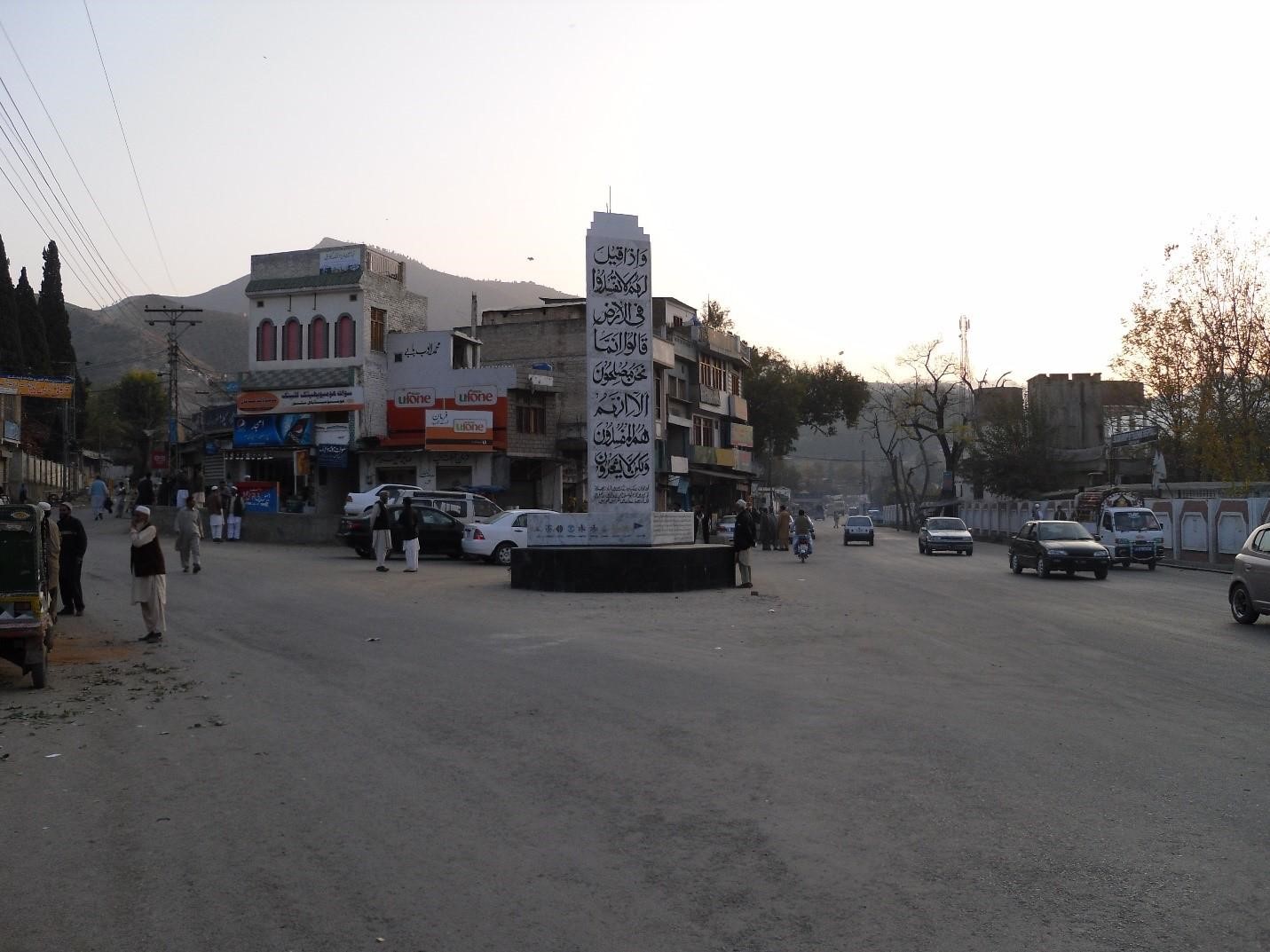
The National Highway is another option for commuting to Swat from Peshawar via N-45.
The distance between Swat and Peshawar is approximately 184 kilometers. When visiting the Swat Valley by air, Swat Airport also known as Saidu Sharif Airport caters flights from Swat to Islamabad, Peshawar, and Chitral Valley.
Significance
Swat Valley holds significant historical, cultural, and geographical importance. Historically, it was a major center of Buddhism and has numerous archaeological sites that reflect its rich heritage. Culturally, it is known for its unique traditions, local crafts, and hospitality. Geographically, Swat Valley’s diverse landscapes contribute to its nickname, “Switzerland of the East,” offering a mix of mountains, rivers, and fertile plains.
History
Throughout history, the valley has served as a conduit between China, Central Asia, and Europe.
Alexander the Great, Mahmood of Ghazni, and Mughal monarch Babar used the lower Swat valley to access India.
After crossing the Hindukush Mountains, legendary Chinese Buddhist travelers arrived in Swat Valley via the present-day Shangla pass.
As they visited Swat on their way down to the Indian subcontinent, they described the valley as a fertile land, having a temperate climate, its scenic beauty, and the sacred Buddhist sites.
Italian archaeologists discovered graves in Butkara Swat, near Mingora, in the Buddhist period strata, showing a long habitation of the site.
Thus, scientific research of a skull, most likely from one of the valley’s first inhabitants, reveals a Torwali human type resembling to the Swat-Kohistan’s current residents.
The Archeological Heritage
Stupas, monasteries, forts, castles, carvings, rock inscriptions, and painted shelters are among the magnificent ancient remains of the Swat Valley.
The archaeological materials excavated from hundreds of sites provide evidence of Swat’s cultural ties with the East and West throughout its 5000-year history.
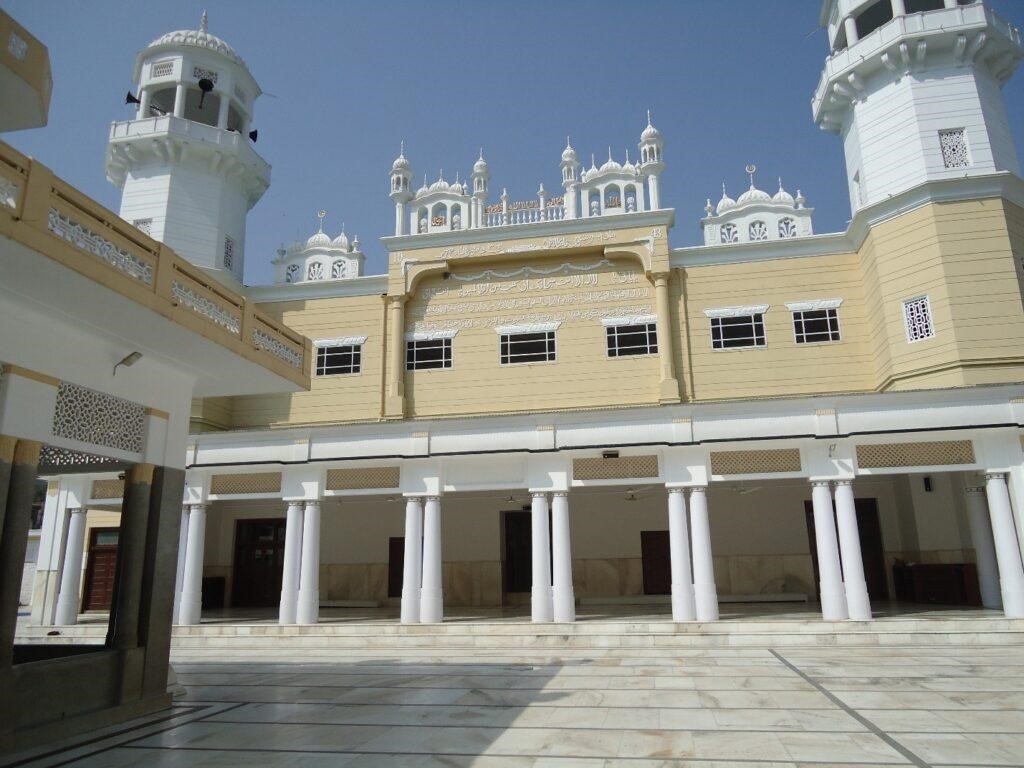
Activities in Swat Valley
Swat Valley, known for its natural marvels, also offers a variety of tourism activities in the summer and winter.
Hiking, trekking, camping, zip-lining, and chairlift/cable car rides are all popular summer activities in the valley.
Swat offers a diverse range of outdoor sports because of its plain and harsh mountainous terrain.
Whether you want to relax in the comfort of Saidu Sharif’s downtown or the Mingora city environs, or you want to explore the upper Swat’s magnificent mountains, lush green forest, waterfalls, and freshwater lakes, it is a wholesome experience.
Swat’s abundance of free campsites makes it ideal for both family vacations and outdoor pursuits.
Whether you’re looking for a camping pod in Swat where you can enjoy campfires in the woods, an isolated site with a little more peace, there is something for everyone.
Swat is a safe spot to pitch your tent and experience harmony with the people and nature.
Long-distance trails in Swat offer a fantastic opportunity to get out on foot and discover and explore some of Swat’s most beautiful scenery and fauna.
Hiking and walking trails in Swat vary widely in type, ranging from parts of pathways and walking tracks through the center of the cities of Mingora and Saidu Sharif to harsh terrain through the Rocky Mountains, which offer tough chances for hikers and backpackers.
Backpacking in Swat is a fantastic adventure activity that combines hiking with valley camping.
Snow activities make it an ideal winter vacation spot.
Major Attractions of Swat Valley
Since the state’s formation, Saidu Sharif has served as the political and administrative capital of the Swat district until the state’s merger. Saidu Sharif, as the capital city, houses the major federal government offices, professional education institutes, and healthcare facilities.
Swat is not only known for its natural beauty, but it also provides a variety of additional attractions for visitors. The shrine of Akhund Abdul Ghaffur aka Saidu Baba is one of the picturesque valley’s attractions. The shrine, which is located in the courtyard of the white-marbled Saidu Baba Mosque, attracts visitors from all across the country.

Saidu Sharif
In the 18th century, Saidu Baba, a powerful religious leader in the region, was instrumental in the foundation of the contemporary Swat state.
Saidu Sharif Stupa (excavations 1963–1982) commemorates the Buddhist presence in Swat, between 25 BCE to the end of the first century when Buddhists lived in the Swat Valley.
The Swat Museum, which houses thousands of Buddha-era items and pre-Buddhist artifacts, is another popular tourist site in Saidu Sharif.
Mingora has a wide range of hotels, restaurants, takeaways, cafes, and western food outlets, serving both local and fast food.
Bahrain
Bahrain is a lovely village on the banks of the Swat River that is a popular tourist destination.
The picturesque village of Bahrain, also known as Bahrain Valley, is located 59 kilometers north of Mingora on the N95 highway. There are plenty of shops, restaurants, cafes, motels, and other facilities in the town. Tourists frequently find it a relaxing spot to visit or stay in Bahrain for a few days to enjoy the beautiful scenery and pleasant weather.
Madyan
Madyan is a lovely hill station and tourist resort in Swat’s upper reaches. The Madyan Valley, at an elevation of 1,320 meters (4,330 feet), sits on the banks of the Swat River, surrounded by beautiful scenery and friendly people. Every year, hundreds of thousands of people go to Madyan to soak in its alluring natural beauty and to enjoy the pleasant weather.
Kalam
Kalam, also known as Kalam Valley, is located at an elevation of approximately 2,000 meters (6,600 feet) above sea level. Kalam is a popular tourist destination in Swat, with a variety of attractions and activities to keep visitors occupied and entertained.
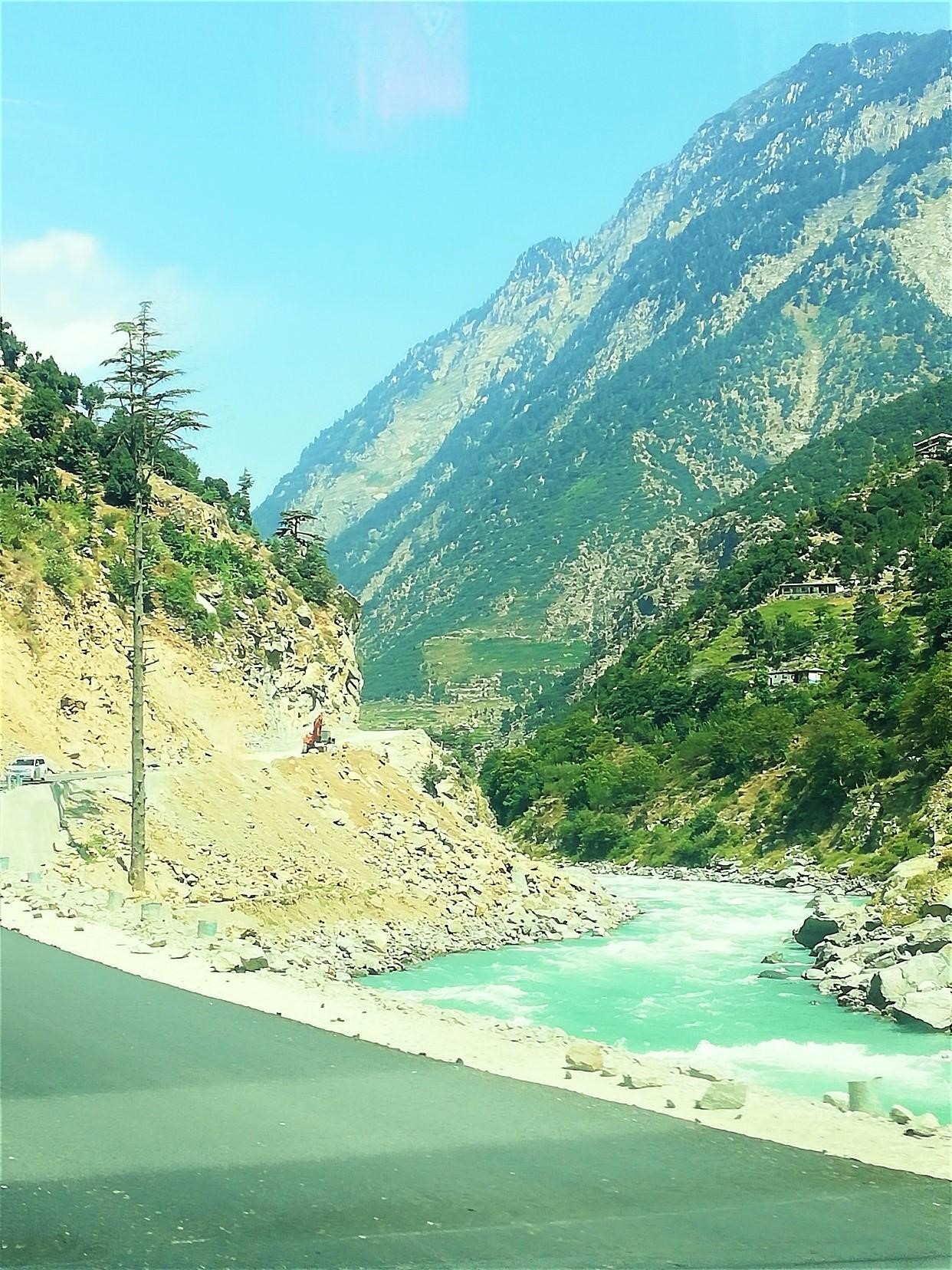
Malam Jabba
Malam Jabba is a lovely hill station, a popular tourist attraction, and the site of Swat’s Malam Jabba ski resort. Hundreds of thousands of people visit Malam Jabba over the summer to enjoy fun rides on the chairlift/cable car to explore sites that would otherwise be difficult to reach.
The Malam Jabba Ski Resort in the Hindu Kush mountain range contains everything a sports person might want for great winter sports, be it climbing or skiing.
Not to mention that ski lessons in Malam Jabba resort are unique, set in beautiful surroundings, and connected to some of the world’s most recognized mountains.
Marghazar
Marghazar, with its iconic White Palace, is about a 12-kilometer drive from Saidu Sharif. Wali of Swat constructed the White Palace in 1941.

To travel to Swat Valley from Islamabad, you can drive via the M1 Motorway to Mardan and then take the N45 highway to Mingora, or take a bus from Islamabad’s main bus terminals. For a hassle-free experience, you can also travel with Guide to Pakistan, which offers customized tour plans to Swat Valley, ensuring a comfortable and personalized trip.
The Folks of Swat
The people of Swat are largely from the Pashtun (Pashtun) ethnic group, which originated in Afghanistan. They are the Afghan Yusafzai tribe (Yousafzai tribe), who migrated to Swat from Afghanistan five centuries ago. As a result, the Swat people have maintained their distinct tribal culture and traits to this day.
The people of Swat are extremely forthcoming to their guests and tourists visiting the valley.
Locals frequently converse with tourists nicely. As a tourist, it is extremely easy to exchange information with the locals; they are likely to be just as interested in you and your culture as you are in Swat and its inhabitants.
The Pashtun people are generally very honest, upfront, and outspoken. Pashtuns and Kohistanis make up the population of the Swat Valley. In Swat and across the Pashtun society, “Mailmastia” (hospitality) is one of the stronger traditions which is regarded as a show of dignity and honor.
Apart from giving food and shelter, hospitality also entails safeguarding the guest’s life, property, and honor. Whether you are a special guest or a visitor on your own, the locals will make you feel welcome, safe, and honored.
In Swat, there are various aspects of Pashtun culture, and a Hujra is one of them. A Hujra is informally translated as a locals’ social club and a place where a stranger guest can stay for free.
Weather of Swat
Although Swat is a relatively small valley, one of the most remarkable aspects about it is how much diversity it holds within a relatively small geographical area. You may experience all four seasons in one day; just go 20-30 minutes in any direction and the weather will be significantly different!
Considering the weather, from the mid of March till the end of May is the best time to visit Swat when the weather is mostly mild.
The Cuisine of Swat
Swat’s residents and visitors can offer a wide range of traditional local cuisine. Despite its striking resemblance to Afghani, Persian, and Turkish cuisines, Swat food has its own distinct flavor, aroma, and texture.
The food is not as spicy as Pakistani and Indian food, but it is more richly flavored with locally cultivated herbs and mild spices.
Swat cuisine is mostly based on meat dishes like lamb, beef, chicken, and freshwater fish, as well as locally grown fresh vegetables and fruits, with bread and rice as the primary foods.
Dairy products (yogurt, whey, and cheeses), swat honey, different nuts, and dried fruits are among the other foods found in swat.
Swat honey and peaches are distinctive offerings of the valley.
You can try the mouthwatering Chapli kebab, Kabuli pulao, Tikka skewers, Grilled on charcoal, Dum Pukht, and the excellent Swat trout fish.
Hotels in Swat Valley
Swat offers a diverse range of lodging alternatives, including apartments, lodges, holiday parks, cottages, hostels, hotels, and even paying guest options.
In Swat, you’ll discover both luxury and budget-friendly hotels, all ideal for relaxing and sleeping well. Plan a premium tour to swat with a guide to Pakistan.




